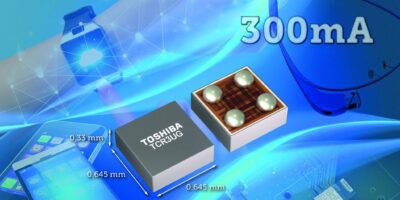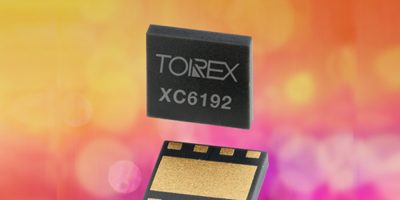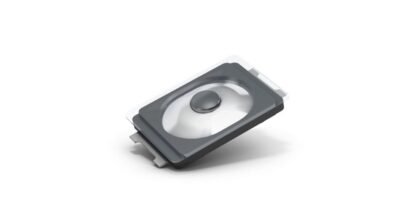Small, LDO regulators from Toshiba Electronics Europe combine low quiescent bias current, high ripple rejection and fast transient response, says the company.
Wearable
Pushbutton load switch ICs save battery power
Designed for mobile devices and others with small capacity batteries, the XC6192 series of pushbutton load switch IC from Torex Semiconductor have a power-save function.
LED chips deliver more colours despite low profile, low footprint
Delivered in an industry-small form factor, the SML-D22MUW, is a compact, low profile, two-colour chip LED from Rohm.
Light Touch Switch is thinnest, says Panasonic
Claimed to be the industry’s thinnest pushbutton type switch, Panasonic’s Light Touch Switch has IP67 protection, ensuring it can be used indoors and outdoors.
About Weartech
This news story is brought to you by weartechdesign.com, the specialist site dedicated to delivering information about what’s new in the wearable electronics industry, with daily news updates, new products and industry news. To stay up-to-date, register to receive our weekly newsletters and keep yourself informed on the latest technology news and new products from around the globe. Simply click this link to register here: weartechdesign.com







